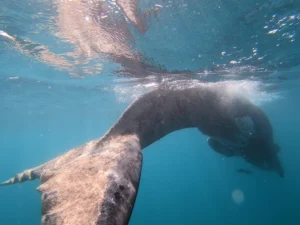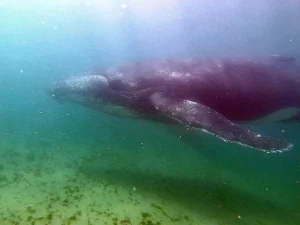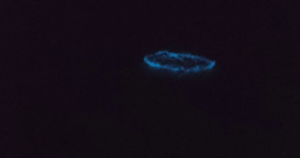Feather stars, also known as crinoids, fall under the echinoderm group of marine animals. Echinoderm means ‘spiny skin’ in Greek and feather stars definitely have this despite their flowery appearance. In fact, it’s very easy for novice freedivers and snorkelers to mistake these animals for seaweed due to their stationary, flower-like appearance and their tendency to form large colonies. Other echinoderms include sea urchins, starfish, brittle stars and sea cucumbers. There are over 500 species of feather stars in the world and 17 in South Africa, but only two are commonly sighted around Cape Town, namely the Common feather star and the Elegant feather star. Feather stars are found from the intertidal zone all the way down to thousands of metres deep. Anyone who engages in ocean-based adventure activities in Cape Town will at some stage see these amazing creatures.
Feather stars do not have a stalk. They do have grasping legs called cirri which they use to hold onto rock faces and wrecks and arms with feathery fringes which trap drifting organisms. They have between 10 and 120 arms depending on the species and age. The arms ‘pass’ the food down to a central disc where the mouth is located. Since feather stars trap drifting food with sticky mucus, they do not like being too close to sediment that could clog up their arms. Red romans are very fond of eating feather stars and there are noticeably fewer feather stars within MPAs where fishing is not allowed.
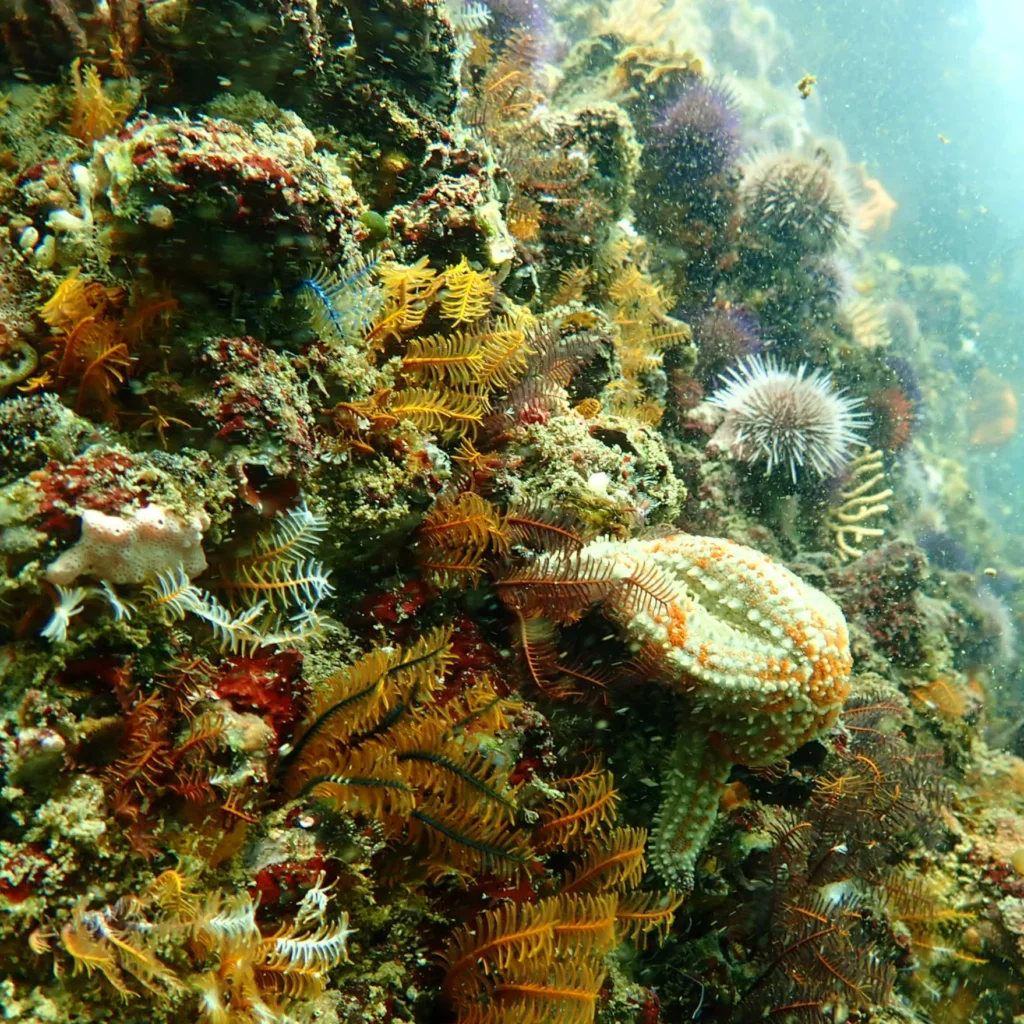
The Common feather star can be found in a variety of colours, but mostly orange and white. It usually has between 10 to 22 arms, but some specimens have been found with more. Its arms grow to about 8cm in length and its mouth is to the side of the central disc and its anus is in the centre. It is typically found between the intertidal zone and 50m deep.
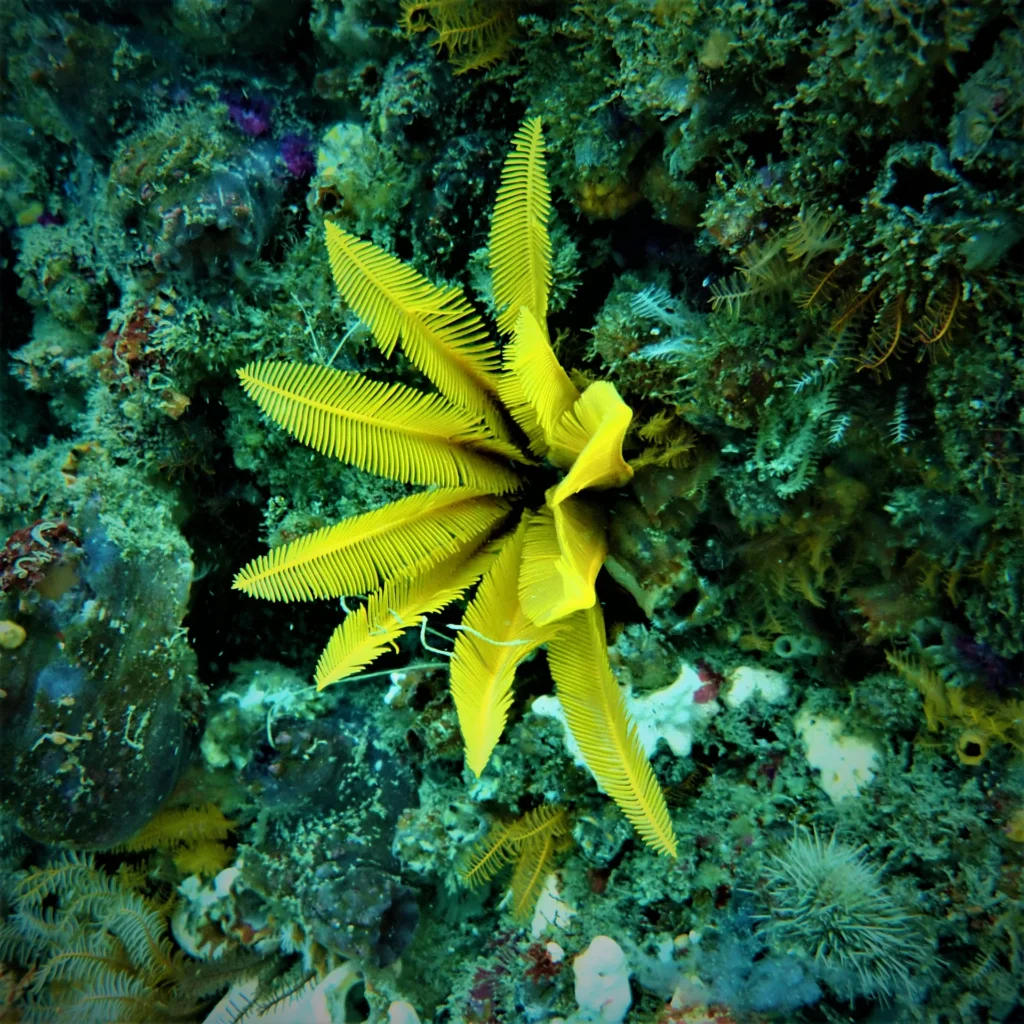
The Elegant feather star is usually coloured yellow or brown and has 10 ‘elegant’ arms that grow up to 20cm long. While the Common feather star is generally found in large colonies, the Elegant feather star is found more often on its own on shallow reefs and in larger numbers together on deeper reefs. It is also found between the intertidal zone and 50m deep.

